The Convenience Conference offered insight into value strategies
Convenience is under pressure in the cost of living crisis as consumers make fewer shopping missions and spend more of their squeezed budgets with the discounters and other supermarkets.
Total shopper numbers in the convenience channel fell 5% year on year in the 12 weeks to 14 May, according to a Lumina Intelligence presentation at The Convenience Conference in London this week.
Meanwhile, convenience shoppers visiting discounters once or more a week have increased by five percentage points to 35% in the past two years.
But the conference also heard how independent retailers are fighting back to stem the flow. So what are they doing?
Value vs premiumisation
Making smaller profits on everyday essentials to ensure you don’t lose customers is not a sustainable business plan in the long run, warns Costcutter retailer Sue Nithyanandan. So using wholesalers to bring in more own-label lines and dedicating bays to the likes of Co-op Honest Value have been vital, says Nithyanandan.
Symbols have also been bringing in more meal deals across both lunch and dinner, such as pizza and ice cream together, says Premier retailer Surjeet Singh Notay.
Such dinner deals play to the fact that convenience is in the “fortunate position” of being able to target shoppers at the other end of the retail value spectrum, looking to indulge as they trade down from eating out, according to Spar retailer Paul Stone.

“People are willing to spend more on premium food such as pizzas and wines as these are still cheaper options than dining out,” he says.
In frozen, the dining-in trend has driven a 60% spike in sales for Stone, but it’s been via demand for the likes of ice and premium thaw-at-home donuts, rather than shoppers looking for cheaper options than fresh, he says.
Drinking at home
‘The big night in’ trend also extends to booze.
“It’s all about the Friday night in or pre-drinking before going to the pub,” says independent retailer Harj Dhasee.

“People are going to the pub less and moving their alcohol purchases to their local stores, which has helped increase sales,” he says. “And we’re seeing more shoppers stock up on larger pack sizes.”
Dhasee recommends displays that are theatrical to reflect different occasions such as holidays, to further tap into changing consumer behaviour, and playing to your strength as a community retailer, not just in in boooze but other categories, to attract more footfall to stores.
“A store is a store, a shelf is a shelf, but the way everything is laid out is important,” says Dhasee. “And being a community store, we can be very involved in celebrating different themes of the year, such as Christmas or summer. So I am always looking for inspiration around theatre.
“At Valentine’s, for example, we decorated the store with balloons and hearts, and now we have sunflowers outside in time for summer.” he says.
A smaller version of the middle aisle at Lidl and Aldi
One Stop franchisee Aman Uppal has been exploiting new sources of revenue in non-food in his Coventry store over the past year, he says, including toys, candles, belts, gloves, and DIY equipment from screws to ratchets.
The vision is “to create a smaller version of the middle aisle at Lidl and Aldi” and “disrupt the shopper’s journey and create impulse purchases”.
“It gives the customer an opportunity to buy these products in a convenience manner without heading to a Boots or Halfords,” adds Uppal. “What we’re seeing with toys is the peak sales time is after school on Friday, which correlates with an end of the week treat.”
Using One Stop, DSL Group, and BJ Toys as suppliers, the goods come on prefilled stands, priced below £10, and offer retailers up to a 40% margin.
“They make great gifts too,” he adds. And it’s not even just the cheaper end that is selling well with Dhasee saying toys priced at almost £40 have been flying off the shelves in his store.
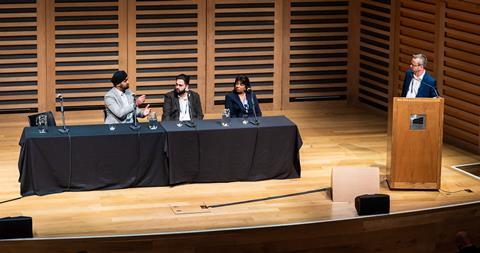
Delivery
Though there has been a well-documented shift back to in-store shopping following the Covid-fueled online boom, Premier retailer Mandeep Singh says he continues to reap the benefits from ‘Singh’s Drop’ which he launched with his brothers at the height of the pandemic. Orders are fulfilled using their own vehicle fleet, avoiding commission charges from third-party couriers and software ordering services.
The service now generates a third of Singh’s turnover, he says, with an average delivery basket spend of £30, three times that in his store.
“Every online customer is three customers in store,” he says. “How do you get customers in store in this climate? It’s very hard, but what supermarkets can’t do is deliver tobacco, or deliver as quick as we can, and that’s how you pull in that business.”
“Retailers are obviously in different circumstances, but if you’ve got a team behind you that is willing and has the fire in their bellies to do a delivery service, I’d advise you to set up your own,” says Singh. “The biggest growth out there now is delivery. It’s bigger than anything.”
Electronic shelf-edge labels
A number of convenience retailers have adopted electronic shelf-edge labels (ESLs), in the cost of living crisis, and the benefits are still unfolding.
On the labour saving side, Booker Retail MD Colm Johnson says the 4,000th Premier store, which opened last year with 500 ESLs, saved the retailer 14 hours of labour a week.
But it’s about more than just efficiency. Spar retailer Paul Stone says: “Because of our late licences we use dynamic pricing, which changes our alcohol prices after 11pm. When you do that [with ESLs], the payback is quick.”



![XOXO-Product-Shot[ALL FLAVOUR]-Sky-1920x1080](https://dmrqkbkq8el9i.cloudfront.net/Pictures/274x183/4/9/2/355492_xoxoproductshotallflavoursky1920x1080_806584_crop.jpg)





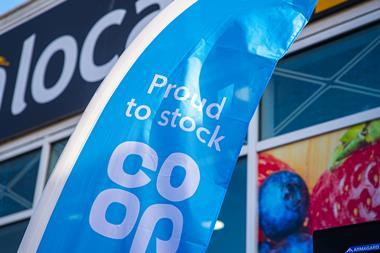
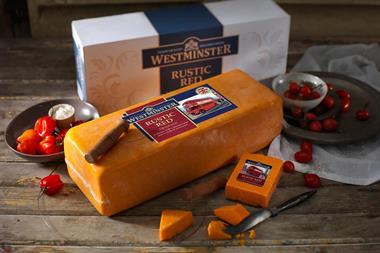
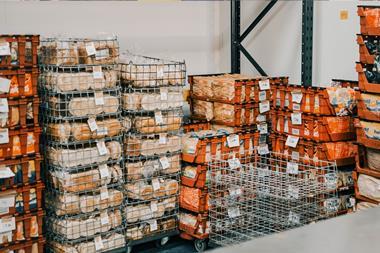

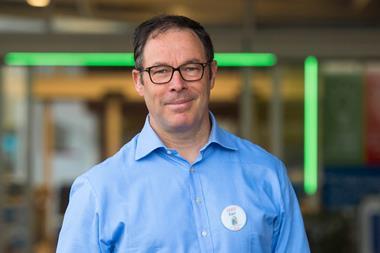






No comments yet